
Ingredient
Pumpkins
The Versatile Gourd
Pumpkins are large, round gourds with a thick, orange or yellow skin and a sweet, slightly nutty flavor. They have a firm yet tender flesh that can be cooked in various ways, such as roasting, steaming, or pureeing. Pumpkins are commonly used in soups, pies, breads, and desserts, and their seeds are often roasted and enjoyed as a snack. With their vibrant color and rich taste, pumpkins add both visual appeal and depth of flavor to a wide range of dishes.
Origins and history
Pumpkins are believed to have originated in North America, where they have been cultivated for thousands of years. Native American tribes used pumpkins as a food source and for medicinal purposes. Pumpkins were introduced to Europe by early explorers, and their popularity spread across the globe. Today, pumpkins are grown in many countries, with the United States, China, and India being the largest producers. They are also associated with various cultural traditions, such as Halloween and Thanksgiving in the United States.
Nutritional information
Pumpkins are low in calories and fat, but rich in vitamins A and C, as well as potassium and fiber. They also contain antioxidants that promote overall health and well-being.
How to select
When selecting pumpkins, look for ones that are firm and heavy for their size. The skin should be smooth and free from blemishes or soft spots. The stem should be intact and firmly attached. Avoid pumpkins with moldy or damaged skin. Additionally, choose pumpkins that are appropriate for your intended use. Smaller pumpkins are better for cooking, while larger ones are ideal for carving or decoration.
Storage recommendations
To store pumpkins, keep them in a cool, dry place, such as a pantry or cellar. Avoid storing them near fruits that produce ethylene gas, as this can cause the pumpkins to ripen and spoil more quickly. Whole pumpkins can last for several months if stored properly. Once cut, wrap the remaining pumpkin tightly in plastic wrap or place it in an airtight container and refrigerate for up to a week.
How to produce
Pumpkins can be grown in home gardens or even in containers, provided they have enough space to spread. They require well-drained soil and plenty of sunlight. Start by planting pumpkin seeds in the spring, after the last frost. Regular watering and fertilization will help the plants thrive. Harvest the pumpkins when the skin has hardened and turned a deep, consistent color.
Preparation tips
Pumpkins can be prepared in numerous ways, depending on the desired dish. For savory dishes, pumpkins can be roasted, steamed, or pureed to make soups, stews, or side dishes. They can also be used as a filling for ravioli or added to risottos. In sweet preparations, pumpkins are commonly used in pies, cakes, muffins, and breads. They can be spiced with cinnamon, nutmeg, or ginger to enhance their natural sweetness. Additionally, pumpkin seeds can be roasted and used as a topping for salads, soups, or snacks.
Substitutions
Butternut squash, acorn squash, or sweet potatoes can be used as substitutes for pumpkins in most recipes. These ingredients have a similar texture and flavor profile, making them suitable alternatives in dishes like soups, purees, and baked goods.
Culinary uses
Pumpkins are widely used in both sweet and savory dishes. They are commonly used in pumpkin pies, pumpkin soups, pumpkin breads, and pumpkin spice lattes. In savory dishes, pumpkins can be roasted, pureed, or used as a filling for ravioli or dumplings. They are also a popular ingredient in curries and stews in many cuisines around the world.
Availability
Pumpkins are commonly available in North America, Europe, and Asia. They are cultivated in countries such as the United States, Mexico, Canada, China, India, and Australia.
More ingredients from this category
Recipes using Pumpkins » Browse all
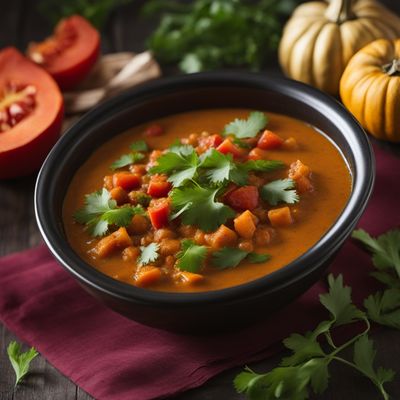
Kungullur with a Somali Twist
Spiced Pumpkin Delight: A Somali-Inspired Kungullur Recipe
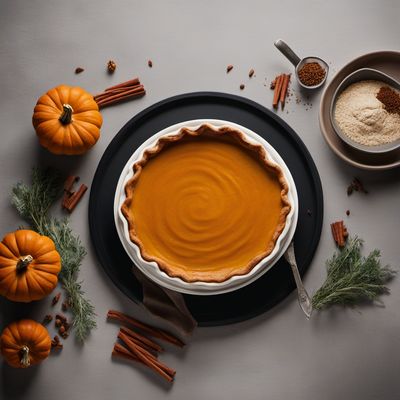
Savory Pumpkin Pie
Autumn Delight: Savory Pumpkin Pie with a Twist

Creamy Pumpkin Risotto
Autumn Delight: Creamy Pumpkin Risotto
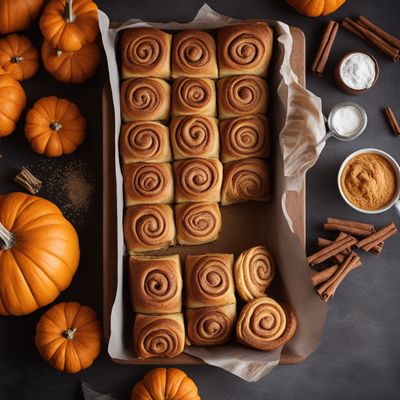
Sweet Pumpkin Rolls
Pumpkin Delights: Sweet Rolls with a Twist
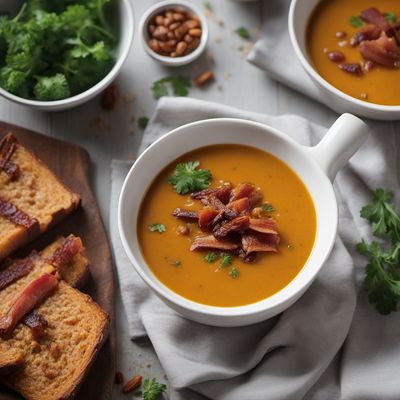
Roasted Pumpkin Soup with Maple Glazed Bacon
Autumn Harvest Delight: Roasted Pumpkin Soup with a Sweet and Smoky Twist
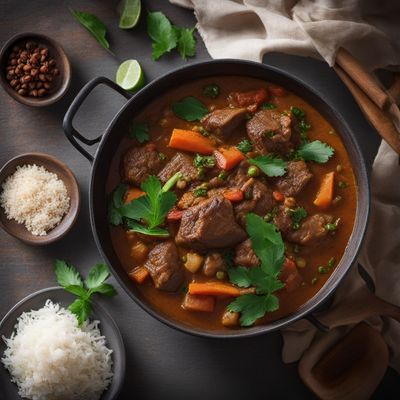
Grenadian Lamb Stew with Local Spices
Spiced Lamb Delight: A Grenadian Twist on French Navarin
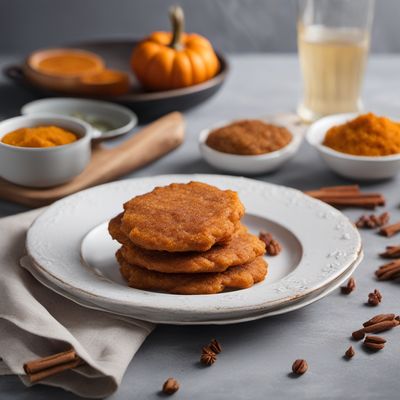
Luxembourgian Pumpkin Fritters
Deliciously Crispy Pumpkin Fritters with a Luxembourgian Twist
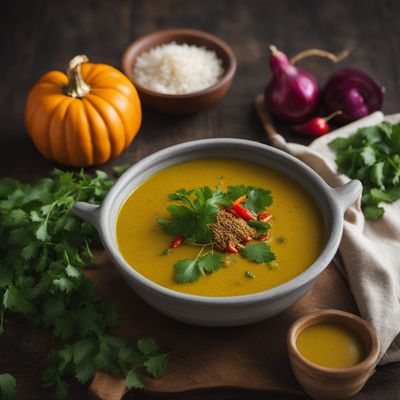
Joumou Soup with a Ugandan Twist
Spiced Pumpkin Soup: A Taste of Uganda

Puchero Canario - Canarian Stew
Hearty Canarian Delight: Puchero Canario - A Taste of Spanish Comfort

Tunisian Rourou Stew
Savory Delight: Tunisian Rourou Stew with a Twist
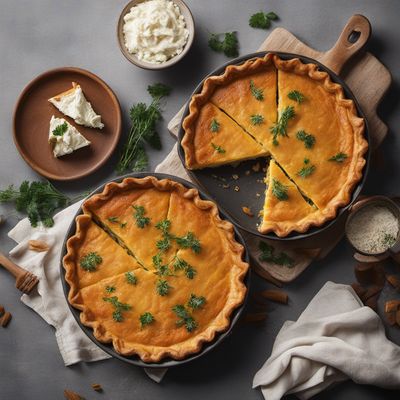
Savory Pumpkin Pie
Autumn Delight: Savory Pumpkin Pie with a Bosnian Twist

Purée Crécy with a Paraguayan Twist
Carrot and Pumpkin Mash with a Paraguayan Flair